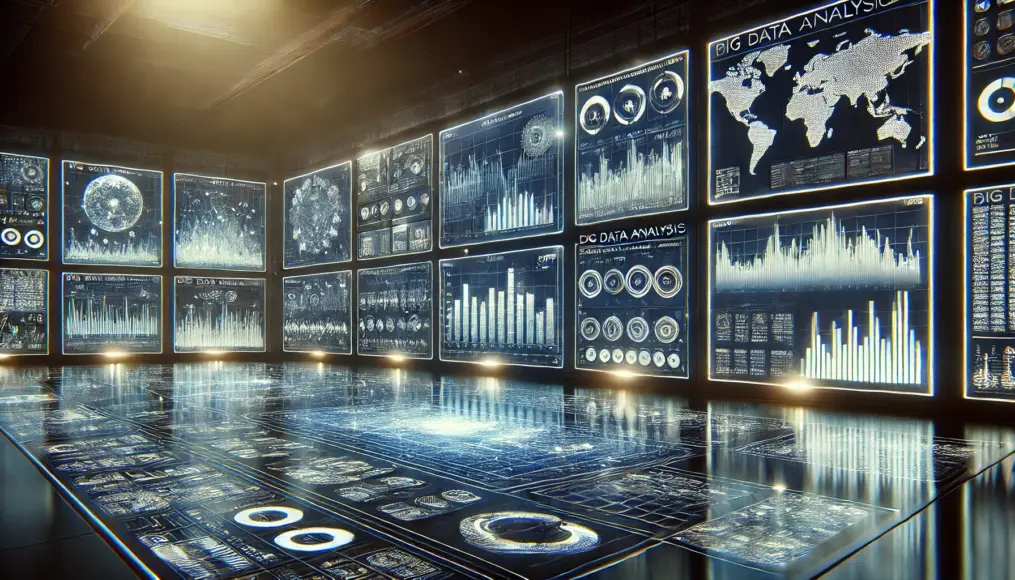What if we could foresee the future?
From ancient times to the present, predictions about the future have fascinated and unsettled people around the world.
The world of future predictions and prophecies combines scientific interpretations and psychological insights, going beyond mere rumors to offer an intriguing depth.
In this article, we delve into the lives of famous prophets and their predictions, exploring the mysteries and credibility behind their visions.

The Origins and History of Prophecy
The origins of prophecy can be traced back to ancient civilizations, where various cultures developed methods for foreseeing future events.
Notable examples include the Oracle of Delphi in ancient Greece and the Mayan calendar, both revered as means to communicate with divine forces and glimpse into the future.
The Oracle of Delphi in Greece
The Oracle of Delphi is one of the most famous prophetic sites of ancient Greece.
Priestesses received divine messages to foretell future events, with kings and generals traveling from afar to seek counsel.
Although the predictions were often ambiguous, they played a role in many historical events and left room for a variety of interpretations.

The Mayan Prophecies
The Mayan calendar is widely known for its mysterious future predictions, particularly the supposed prophecy that the world would end in 2012.
Although this prediction had little scientific basis, it sparked a worldwide fascination and a lasting impact on popular culture.

Modern Prophets and Their Influence
The quest to predict the future continued into modern times, with figures like Nostradamus and Edgar Cayce capturing the world’s imagination.
Their prophecies raised fear and excitement, leading many to wonder if their visions would come true.
Nostradamus’s Predictions
Nostradamus, a French physician and astrologer, predicted numerous events through his poetic quatrains.
His foretelling of a “great king of terror descending in 1999” stoked end-of-the-century fears and captivated the world.
Nostradamus’s predictions are often cryptic, allowing for varied interpretations that keep his mystery alive to this day.

Edgar Cayce’s Readings
Edgar Cayce, known as the “Sleeping Prophet,” performed readings about the future while in a trance-like state.
He made predictions about the rediscovery of Atlantis in the Atlantic Ocean and Japan sinking.
While many of Cayce’s prophecies have not come to pass, his detailed approach sparked widespread interest, and his readings continue to be studied today.

Scientific Approaches to Future Predictions
Not all predictions are rooted in mysticism.
In the modern age, efforts to forecast the future increasingly rely on advanced scientific methods, with big data and artificial intelligence emerging as powerful tools for reliable predictions.
Big Data and Future Forecasting
Big data allows for future forecasting by analyzing past trends and uncovering predictive patterns.
For instance, the analysis of massive data sets enables reliable predictions in areas like economics and climate.
Data-driven predictions offer new insights into the future, presenting a different approach from traditional prophecies.

AI and Future Simulation
Artificial intelligence (AI) is also advancing future simulations.
AI can simulate outcomes based on vast amounts of information, generating forecasts about likely future events.
AI plays an increasingly important role in fields such as healthcare, economics, and disaster prediction, offering unprecedented accuracy.

Summary of Key Points
- Ancient prophecies were deeply rooted in religious and sacred practices.
- Modern prophets sparked fear and fascination, leaving behind mysteries.
- Scientific methods for future forecasting are becoming increasingly accurate.
Conclusion
The world of future predictions and prophecies is both scientifically and psychologically fascinating.
From historical prophecies to modern data-driven forecasting, the desire to know the future remains a powerful human impulse.
We hope this article brings you closer to the intriguing mysteries of predictions and offers new perspectives on envisioning the future.




Comment